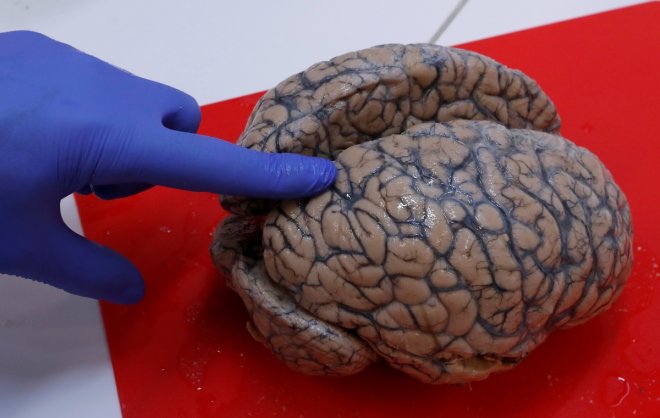
A recent study published in the Journal of Human Evolution stated that human's brainpower is not exceptional as the general public believes.
The study found that humans aren't the only species which spend the quality amount of energy to use their brain. The energy consumption by brains of 22 species found that other animals too use their brain as humans do in terms of its energy expenditure.
The research found that humans use 25 percent of their energy for their brain functions. Though they use comparatively more energy for their brain functions when compared to other species, they are still competing with other species. Chimpanzees' brain requires half of the calories used by human brains while the species like squirrels, mice, and rabbits used three to five times lesser calories than humans.
There is little difference between humans and pen-tailed treeshrew in terms of brain-energy requirement.Pygmy marmoset, the world's smallest monkey, and the ring-tailed lemur spend much of its body's energy for its brain functions.
According to reports, Doug Boyer, assistant professor of evolutionary anthropology at Duke University in the US, said, "We don't have a uniquely expensive brain. This challenges a major dogma in human evolution studies."
The research was done on energy uptake of the human brain based on the flow of glucose to the brain. The researchers had also analyzed the cross-section of bony canals that encloses the cranial arteries of the brain. These measurements, when compared with the brain size calculated by the internal skull volume, helped in concluding the studies. Larger canals denoted more arteries which supply more blood and glucose to the brain.
The current study which interpreted the volume of the bones could be used to study the long-extinct species as well as early human ancestors.









